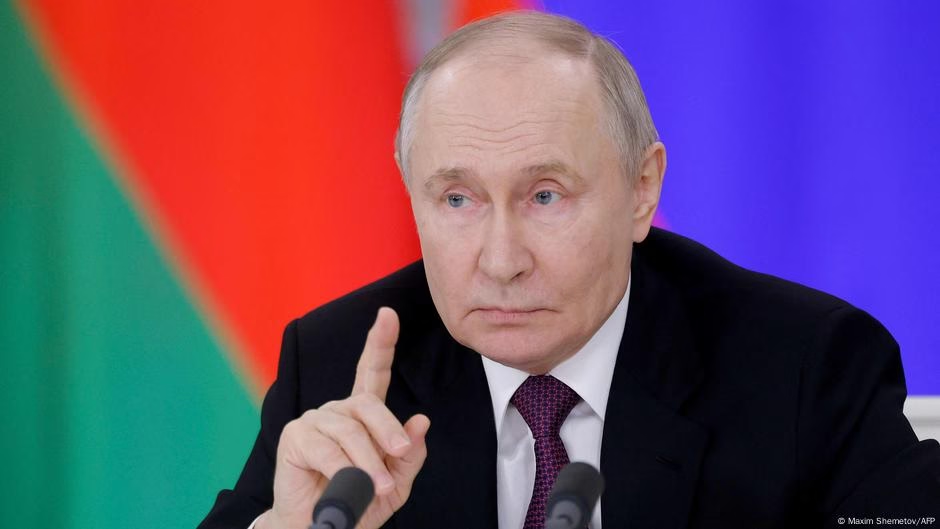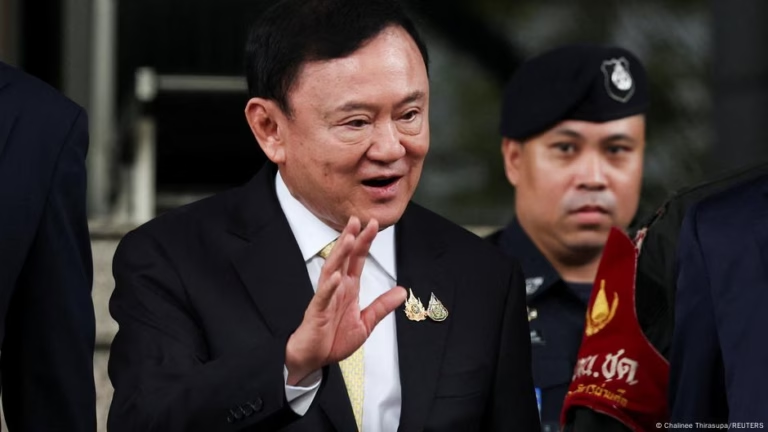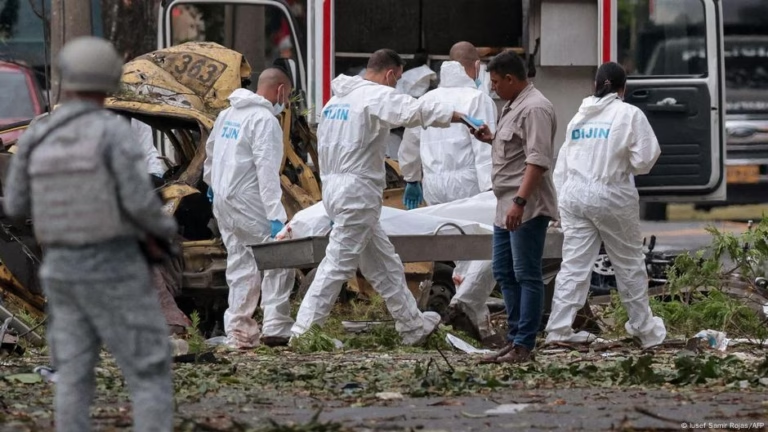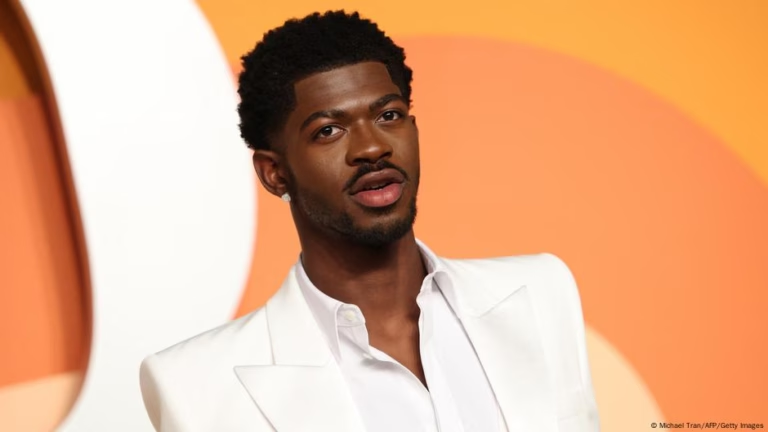Vladimir Putin expressed his gratitude to US President Donald Trump for focusing on the Ukraine settlement, highlighting Putin’s interest in a potential deal during a speech in Moscow on March 13. According to Anton Barbashin, a political scientist, Putin aims to engage Trump in negotiations and strike a deal, rather than irritate him like Ukrainian President Volodymyr Zelenskyy did.
However, Putin’s vision for the deal may diverge from Trump’s. The US president suggests a 30-day suspension of fighting, which Putin supports but adds that there are “questions” to discuss. Putin’s demands include the surrender of Ukrainian soldiers in the Kursk region, a ban on Ukraine mobilizing new soldiers, and stopping Western arms deliveries to Kyiv. Moscow seeks to expand negotiations, aiming for a ceasefire that leads to long-term peace, with the ultimate goal of securing concessions from Ukraine and NATO.
Security expert Dmitri Alperovitch argues that Ukraine still holds significant leverage and could continue defending itself with European support, even without US assistance. Meanwhile, many experts believe Putin is playing for time, using the negotiations to advance his military goals, such as driving out Ukrainian troops, and to convince Trump of the need for a more comprehensive deal.
Despite Western sanctions, Putin claims that Russia’s economy, fueled by military spending, remains largely functional. Alexander Baunov of the Carnegie Russia Eurasia Center suggests that Trump’s options for influencing Putin are limited. The best approach may be the “carrot” rather than the “stick,” leaving room for a major deal aligned with Putin’s interests.
Source: https://www.dw.com/en/war-in-ukraine-what-is-putin-s-negotiation-strategy/a-71928769?maca=en-rss-en-all-1573-rdf








